American captives could be exchanged for billions of dollars of frozen Iranian assets, even as critics back in Washington warn against dealing with Tehran.
That’s the way it was in 1981 and the way it likely will be in the coming days.
The upcoming prisoner swap between Iran and the United States follows the same contours that the countries have been tracing since the resolution of the 1979 U.S. Embassy takeover and hostage crisis. The limits of this diplomacy remain largely the same as they have been for over the four decades since, with officials in both countries even using similar language to discuss the deals now.
However, Iran faces a new challenge from within as the one-year anniversary of the nationwide protests sparked by the death of 22-year-old Mahsa Amini in police custody approaches this Saturday. And the West faces a nuclear program within the Islamic Republic now enriching uranium closer than ever to weapons-grade levels and with enough material to build “several” atomic bombs if it chose to do so. Any easing of the overall tensions between the two nations seems just as distant now.
The one through line in the exchanges is the money. Today, Iran faces Western sanctions after the collapse of its 2015 nuclear deal. While it has been able to increasingly sell smuggled crude oil abroad, the Islamic Republic’s economy has cratered in the meantime along with the savings of its 80 million people.
The current exchange would see some $6 billion in Iranian assets once held by South Korea in its won currency exchanged for euros and kept in accounts in Qatar, a U.S. ally on the Arabian Peninsula and home to a major American military installation. Those funds would be allowed for so-called humanitarian spending, like on food and medicine, already allowed under the sanctions, the U.S. says.
Critics of the arrangement liken it to paying a ransom. They argue money not being spent by Iran on essentials could go instead to supporting Iranian-aligned militias in the Mideast, or its nuclear program.
Similar ransom analogies surrounded the Carter administration’s deal through the Algier Accords to free those taken in the 1979 Embassy seizure.
“We are not paying a dime of American money for the return of these hostages,” then-Vice President Walter Mondale argued at the time.
Now cut to Tuesday at a U.S. State Department news conference.
“No one has given Iran a dollar here,” State Department spokesperson Matthew Miller said. “These are Iran’s funds. These are Iranian money.”
From the Iranian side, claiming victory has been as important as freeing the cash. In 1981, Iranian negotiator Behzad Nabavi described the deal freeing the Americans held as rubbing “in the dirt the nose of the world’s biggest oppressor and superpower, thus forcing it to submit to the demands.”
In an interview with NBC News aired Tuesday, hard-line President Ebrahim Raisi similarly tried to project Iran as being in control.
“This money belongs to the Islamic Republic of Iran,” Raisi said through a government translator about the swap. “And naturally, we will decide — the Islamic Republic of Iran will decide — to spend it wherever we need it.”
Iran has separately named five prisoners it wants to see freed from U.S. custody in exchange for the five Iranian-Americans held. However, those prisoners face lesser sentences — or simply still charges — as compared to the Iranian-Americans.
That suggests the focus for Tehran remains on the money. A United Nations panel years earlier warned of “an emerging pattern involving the arbitrary deprivation of liberty of dual nationals” in Iran, those then used in negotiations with Western powers over frozen assets abroad.
In 1981, Iran faced the start of a grinding, yearslong war with Iraq, as well as incoming President Ronald Reagan, who had been signaling taking a tougher stance internationally than Carter. Today, Iran finds itself largely surrounded by nations dealing with it diplomatically after years of ship seizures and attacks attributed to Tehran.
But tensions have grown between Iran and the U.S.
A major deployment of U.S. sailors and Marines, alongside F-35s, F-16s and other military aircraft, is underway in the region. The Pentagon is considering a plan to put U.S. troops on board commercial ships in the Strait of Hormuz, through which 20% of all oil shipments flow out of the Persian Gulf.
American concern about the waterway continues. On Wednesday, the Freedom-class littoral combat ship USS Indianapolis accompanied a Panamanian-flagged vessel in the strait after seeing “unusual small boat activity” around it, U.S. Navy Cmdr. Rick Chernitzer told The Associated Press.
Iran also supplies Russia with the bomb-carrying drones Moscow uses to target sites during its war in Ukraine.
On the nuclear front, however, Iran has slowed its production of 60%-enriched uranium, which is a small, technical step from weapons-grade levels of 90%. Iranian Foreign Minister Hossein Amirabdollahian suggested resuming negotiations over a roadmap that could see Tehran return to aspects of the nuclear deal, which the Islamic Republic walked away from last year.
But a full return to the deal is unlikely, particularly as some restrictions it faced already have ended and others soon will. U.N. restrictions on Iran’s ballistic missile program are scheduled to lift on Oct. 18. Those restrictions call on Iran “not to undertake any activity related to ballistic missiles designed to be capable of delivering nuclear weapons.” The U.S. also has warned that Iran could supply Russia with ballistic missiles for the war in Ukraine.
Iran meanwhile faces simmering anger over its economic woes, as well as in the wake of Amini’s death after her arrest by the country’s morality police allegedly over improperly wearing her mandatory headscarf. Some women in Tehran and elsewhere have stopped wearing the hijab altogether in an open challenge to the government, despite authorities targeting those who do.
A crackdown last year saw over 500 people killed and more than 22,000 arrested — and Raisi has signaled Iran is ready to target demonstrators again.
“Those who intend to abuse Mahsa Amini’s name, under this pretext to be an agent of foreigners, to create this instability in the country, we know what will happen to them,” he warned.
(AP)

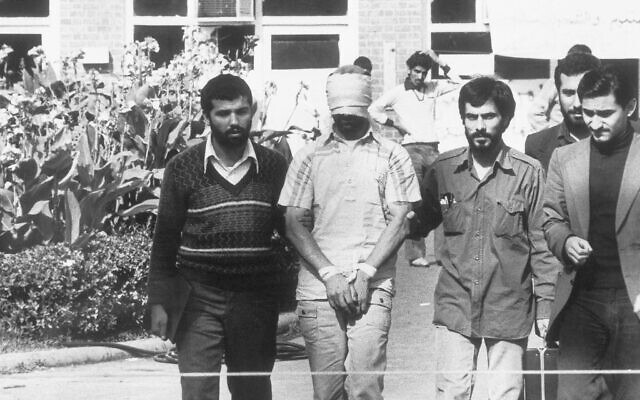




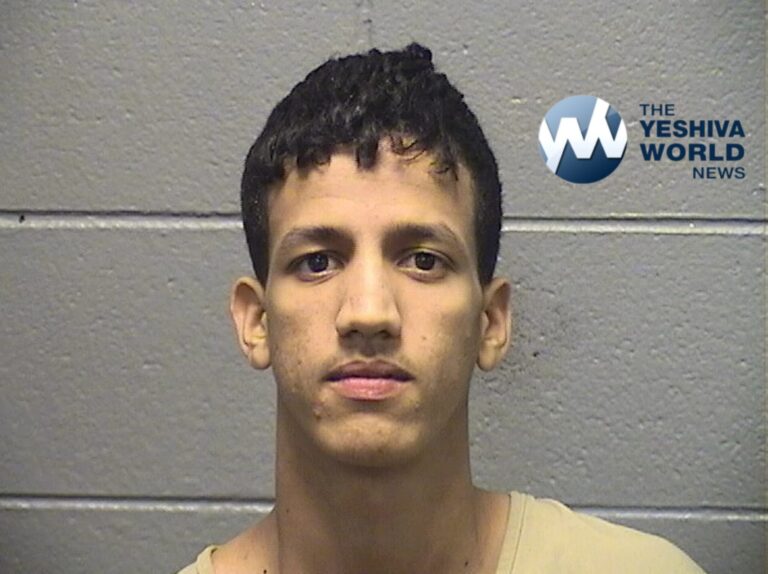
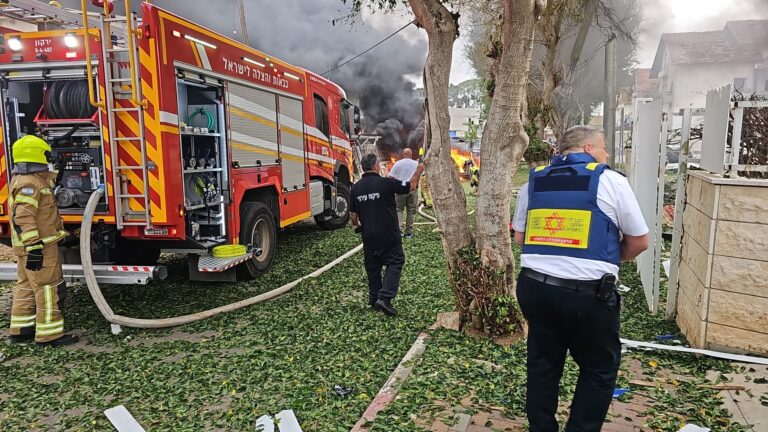
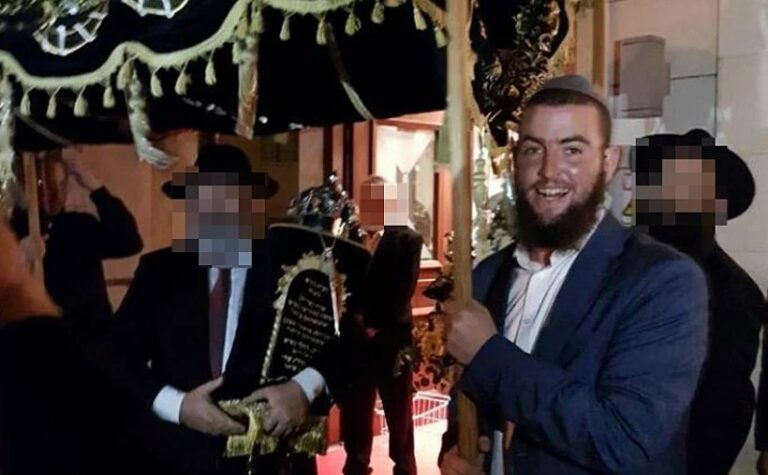

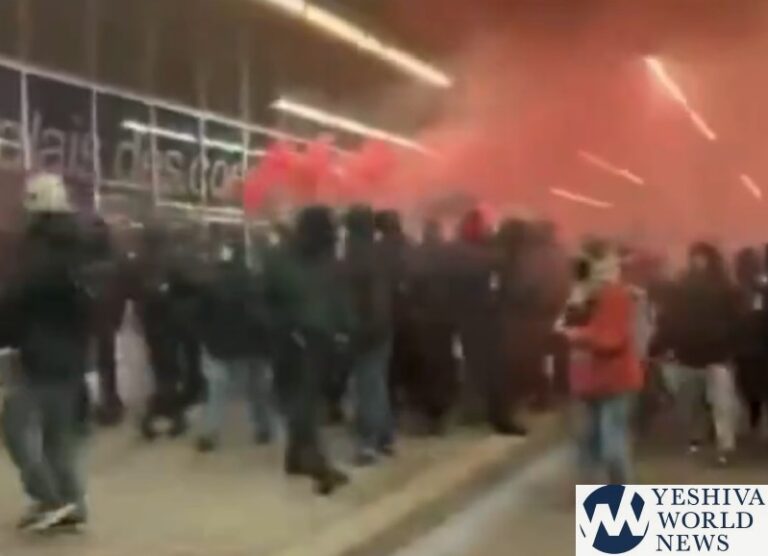
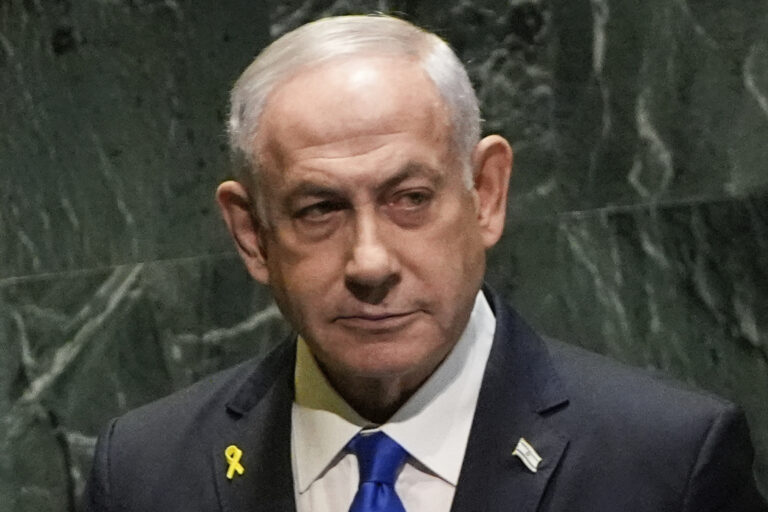
One Response
For many years, I believed that there was no logic in the pro-Iran policies of President Barack Hussein Obama and President Joe Biden.
Then I suddenly realized that their pro-Iran policies are actually logical, because their goal is to completely destroy Israel, with plausible deniability.